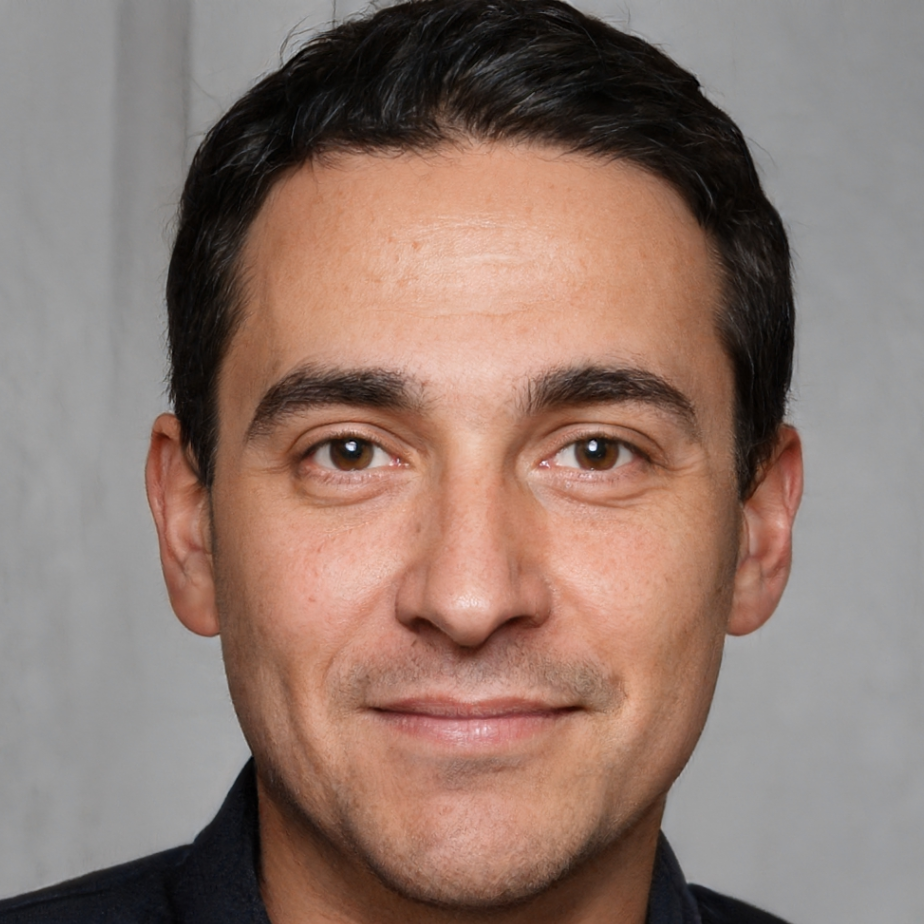Health
Transformative Leaders in Healthcare Management: The Story of the University of Chicago Medical Center
 courtesy of thehealthcareblog.com
courtesy of thehealthcareblog.com
Introduction
In the world of healthcare management, talent often congregates in well-known institutions like the University of Minnesota, University of Michigan, and University of Iowa. However, there are also instances where talent emerges from unexpected places, such as the University of Chicago's urban academic health center. This article delves into the remarkable story of how this medical center turned itself around and produced a multitude of future healthcare leaders.
A Challenging Environment
The University of Chicago's medical center found itself situated in Chicago's troubled South Side, an area plagued with poverty and violence for over seventy years. Managing a complex academic health center in such challenging circumstances is no easy task, especially when dealing with a high volume of Medicaid and uninsured patients. The management challenges were amplified by the economic struggles faced by the South Side.
The Arrival of a Charismatic Leader
In 1973, Daniel Tosteson, a charismatic basic scientist with no prior experience in healthcare management, was appointed as the Dean of the Pritzker School of Medicine and Vice President for the University of Chicago's Medical Center. Tosteson arrived during a severe fiscal crisis in Illinois and a daunting Medicaid funding challenge. He was joined by a team of clinical chairs who played pivotal roles in the subsequent turnaround.
A Team of Risk-Takers
Tosteson wasted no time in assembling a team of talented individuals to revitalize the Medical Center. He recruited an experienced clinical manager, Dr. Henry Russe, as his Chief Clinician, and surprised many by hiring a 34-year-old economist named David Bray as his Chief Financial Officer. Alongside them, other young leaders were brought on board to contribute to the transformation.
Overcoming Challenges
Despite facing multiple crises, including funding challenges and a difficult IT system conversion, the team assembled by Tosteson persevered. When Tosteson left after two years, his successor, Robert Uretz, continued the turnaround with Bray as the CEO of the Medical Center. The team weathered economic downturns and continued to attract talented young leaders who would go on to achieve greatness in their careers.
A Legacy of Success
Many members of Tosteson's team and their subsequent recruits went on to lead major medical centers and health systems. Their contributions to the field of healthcare management have been significant, with achievements ranging from successful turnarounds to raising billions of dollars for their respective institutions. The University of Chicago's Medical Center played a crucial role in shaping the future of healthcare leadership.
Conclusion
The University of Chicago's Medical Center serves as a testament to the notion that adverse circumstances often attract risk-takers who thrive in challenging environments. The talent that emerged from this remarkable turnaround continues to make a lasting impact on the field of healthcare management.
About the Author
Jeff Goldsmith is a veteran health care futurist and the President of Health Futures Inc. He is a regular contributor to The Health Care Blog (THCB) and shares his insights on his personal substack.

Hey there! I’m William Cooper, your go-to guy for all things travel at iMagazineDaily. I’m 39, living the dream in Oshkosh, WI, and I can’t get enough of exploring every corner of this amazing world. I’ve got this awesome gig where I blog about my travel escapades, and let me tell you, it’s never a dull moment! When I’m not busy typing away or editing some cool content, I’m out there in the city, living it up and tasting every crazy delicious thing I can find. Join me on this wild ride of adventures and stories, right here at iMagazineDaily. Trust me, it’s going to be a blast! 🌍✈️🍴









